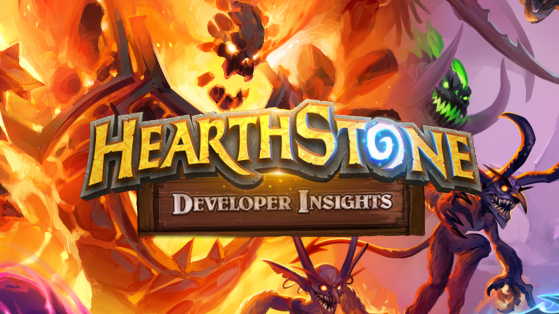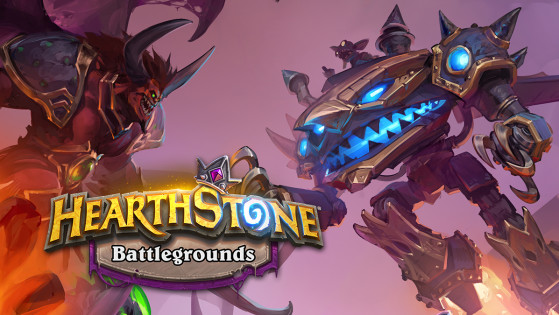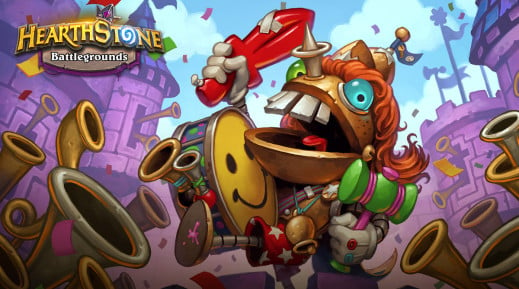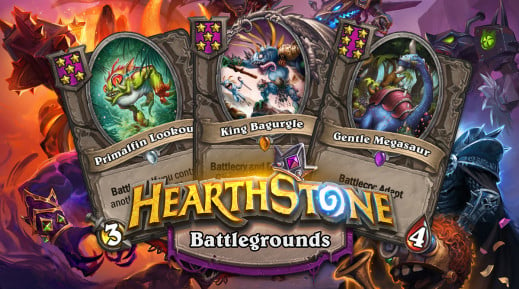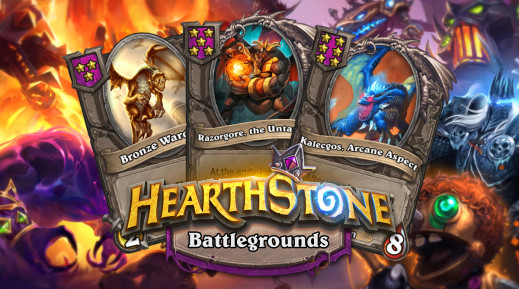In Hearthstone's latest game mode, Battlegrounds, each game will move you up or down in the ranking. Everyone starts at 4,000 points and the best current players evolve around 9,500-10,000!
To understand how this ranking is calculated, and what are the ins and outs, we crafted this article to explain to you the development process.
If you needed a short accelerated math class, that's fine, but don't be scared, the notions remain simple enough to be understandable!
Did you say Ranking?
Your ranking quite logically aims at reflecting your level of play — your skill. The higher the value, the higher your level. It mainly allows the game to ensure that each player has an equivalent level, allowing you to experience the most enjoyable and fairest games possible.
Blizzard wants to make sure that the majority of Battlegrounds players are ranked in the middle of the "rating spectrum". The distribution of the rankings according to a bell-shaped curve, called the normal distribution.
According to this logic, if a player was ranked 4,200 on the second day of Beta, he was higher than 77% of Battlegrounds players. If he was ranked 5,000, he was better than 99% of the players.
How is my ranking updated after each match?
One of the most important goals of the ranking system is to quickly identify your level.
Variance
This number is associated with your ranking, but it is not shown explicitly. Its value shows how secure your ranking is.
Let's take the example of a new player. He has played very few games, so the game has very little information about him. Because of this lack of data, the game, not being sure of its actual ranking, gives it a high variance. After a few matches, the variance decreases and reflects the player's ranking quite effectively.
Another example is the example of a top-level player. His variance is low, and the game knows how to classify it. However, if he starts losing one or more games to weaker players, his variance will increase.
Once the variance and level of a player are known, it is necessary to calculate the percentage of chance of victory of each player in a match. During each calculation, all the factors discussed above are taken into account. 56 calculations are necessary to arrive at the result.
Updating the level
After each match, your ranking is updated, based on your initial ranking, that of your opponents, your placement in the game, your chances of winning, your variance, and some other factors. The higher your variance, the more change you will see in your final score. The first changes are thus very rapid, but they tend to decrease quite quickly, once the variance is reduced.
Recent changes
There have been recent changes in the way your ranking is calculated when you start playing Battlegrounds. The goal is to avoid excessive fluctuations, ranking players in the wrong place while making sure that you get closer to your correct MMR (ranking) every time you play a game.
For that, once your ranking is established and you have played enough games, your ranking gains and losses have been increased so that you can see evolution in your ranking.
Imagine that each opponent has exactly the same ranking as you. In the original system:
- 1st place / 1st game = 240 points.
- 1st place / 150th game and + = 24 points gain.
With the changes of November 19:
- 1st place / 1st game = 195 points
- 1st place / 150th game and + = 98 points
The principle is that once you reach your true level, on a fairly high panel of games, you will not increase or decrease the slope at a constant level. If you improve or regress in level, the changes will go hand in hand.
Investment adjustment
A slight placement adjustment of your ranking is also present in game. It applies after each game until you reach 6,500 points. This adjustment increases the opposite of your rating. If your score is very low, the adjustment will be higher, and inversely as you approach 6,500.
In theory, if you play a lot, you will have a slight advantage that will boost your ranking. This adjustment is present in victory and defeat, making you earn more and thus lose less.
To put it in a nutshell...
For Blizzard, ranking systems like Elo or Glicko are not good options. Based on the results of various simulations, their algorithm allows faster and more accurate results, especially since it's designed for 8-players and not 2-players games.
